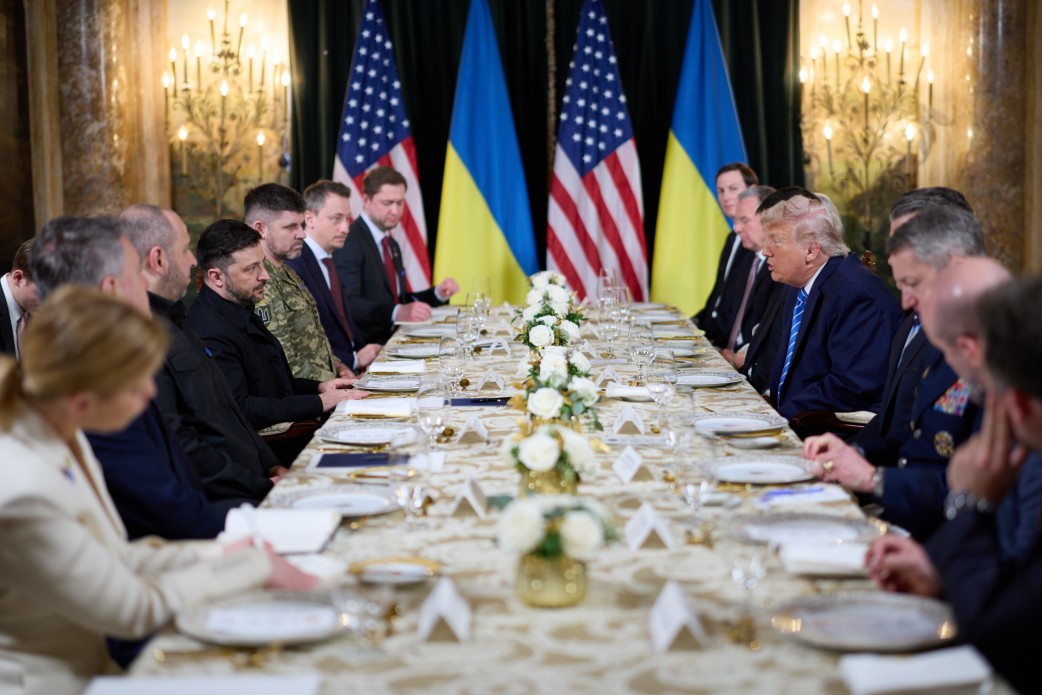Photo: Maxim Shipenkov / EPA / Scanpix / LETA
In 2023, the Ministry of Finance of the Russian Federation spent nearly half of the liquid part of the National Welfare Fund, which is the main source of "rainy day" resources - 4 out of 9 trillion rubles.
This information is reported in an article by Meduza.
The National Welfare Fund of the Russian Federation, formerly known as the Stabilization Fund, was created to reduce the dependence of the Russian economy on raw material prices.
However, after Russia's invasion of Ukraine and the imposition of sanctions on Russian oil, including both price ceilings and restrictions on direct supplies of raw materials to the West, the price became too volatile. The ruble exchange rate also became less predictable.
Throughout the first half of 2023, Russian oil was traded at a discount, and the ruble exchange rate was relatively strong, so the necessary volumes were not reached, and the currency from the National Welfare Fund was sold. However, in the summer, prices rose, the ruble weakened, and the Russian government was finally ready to replenish the fund.
Meanwhile, the Ministry of Finance had a financially intensive year, primarily due to the need to finance military expenses. Expenditures for "National Defense" and "National Security" increased by 60% compared to 2021.
As a result, the budget expenditures exceeded the legally established norm by three trillion rubles, reaching 32 trillion rubles. The budget deficit turned out to be higher than forecasted. Throughout the year, the government issued federal loan bonds and borrowed 2.5 trillion rubles. In addition, new taxes were introduced. The Ministry of Finance also benefited from oil and gas revenues, which turned out to be better than expected.
However, this proved insufficient, and in December, the Russian Ministry of Finance sold half a billion euros, 115 billion yuan, and 232 tons of gold from the National Welfare Fund. The obtained 2.9 trillion rubles were used to cover the deficit, reaching the maximum allowable amount for 2023.
As a result, the liquid part of the National Welfare Fund decreased to five trillion rubles, although it was nearly nine trillion rubles at the beginning of the war.





















